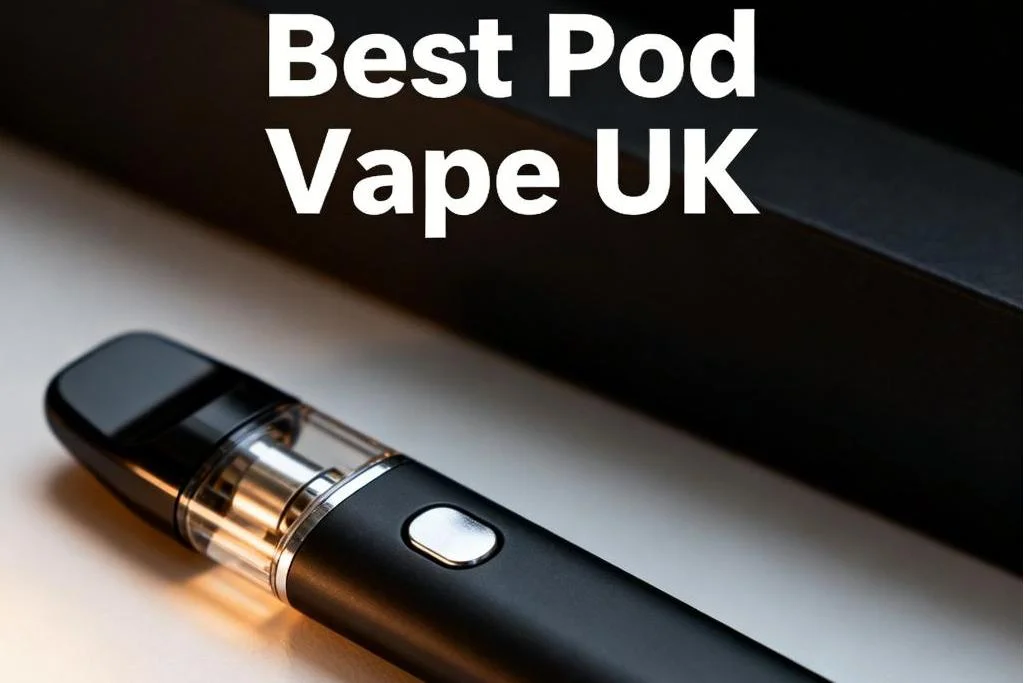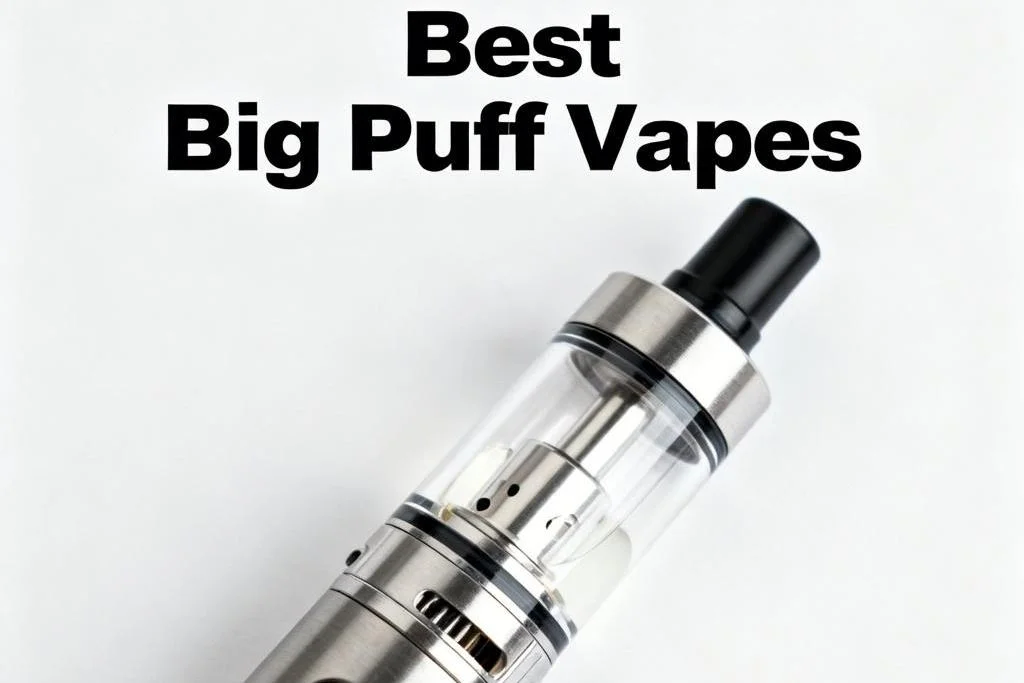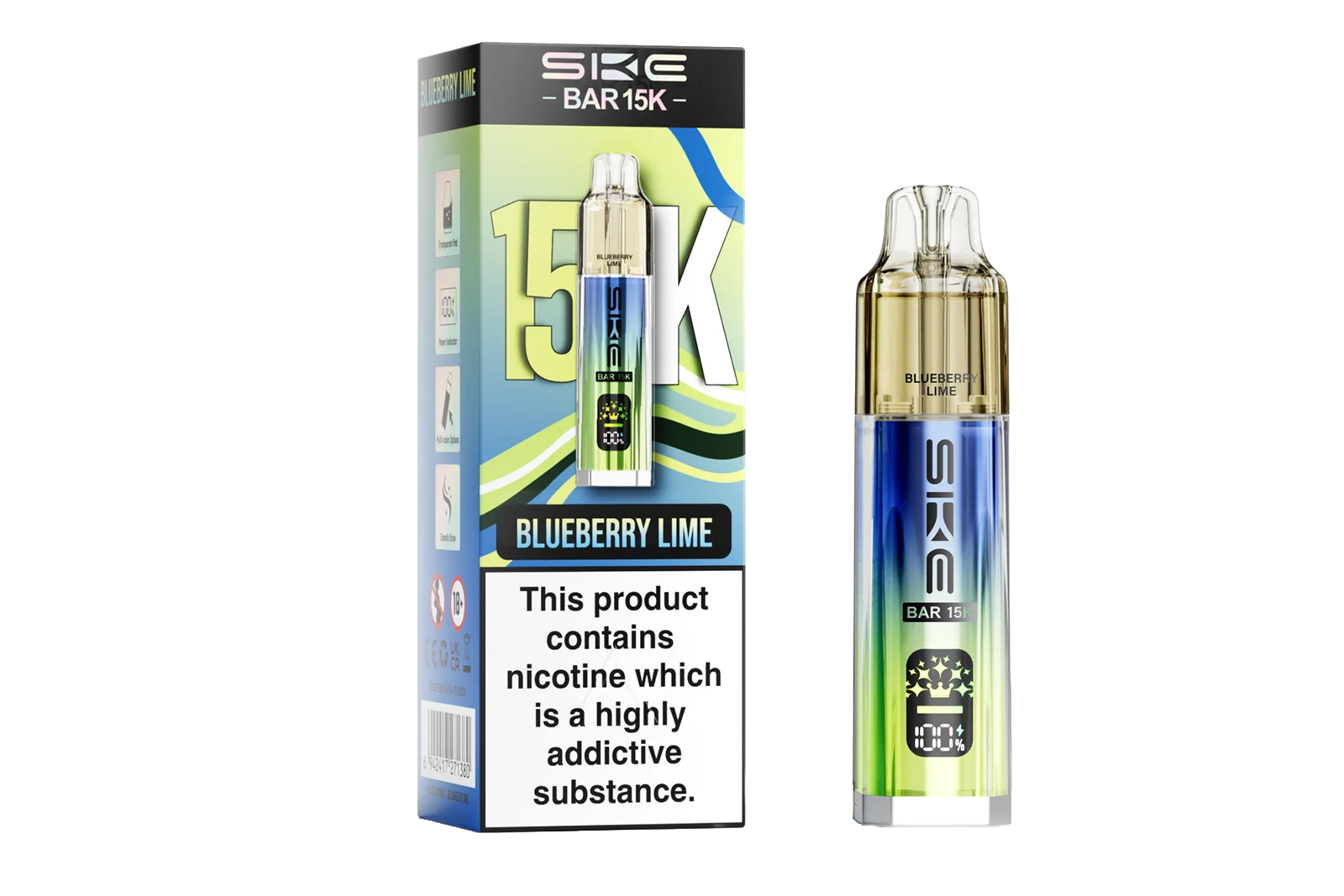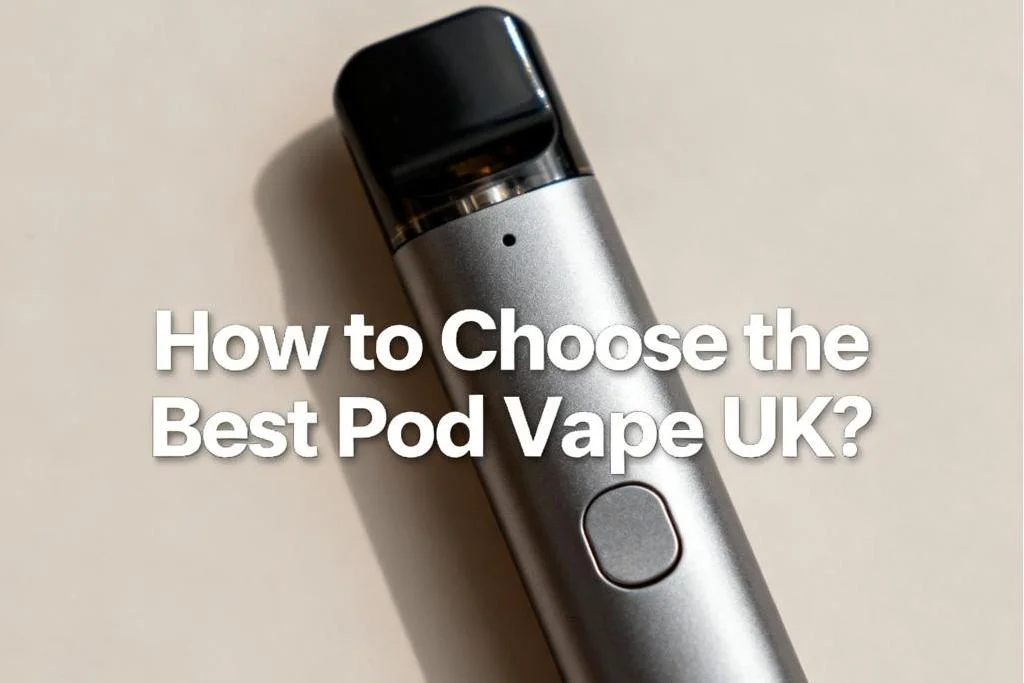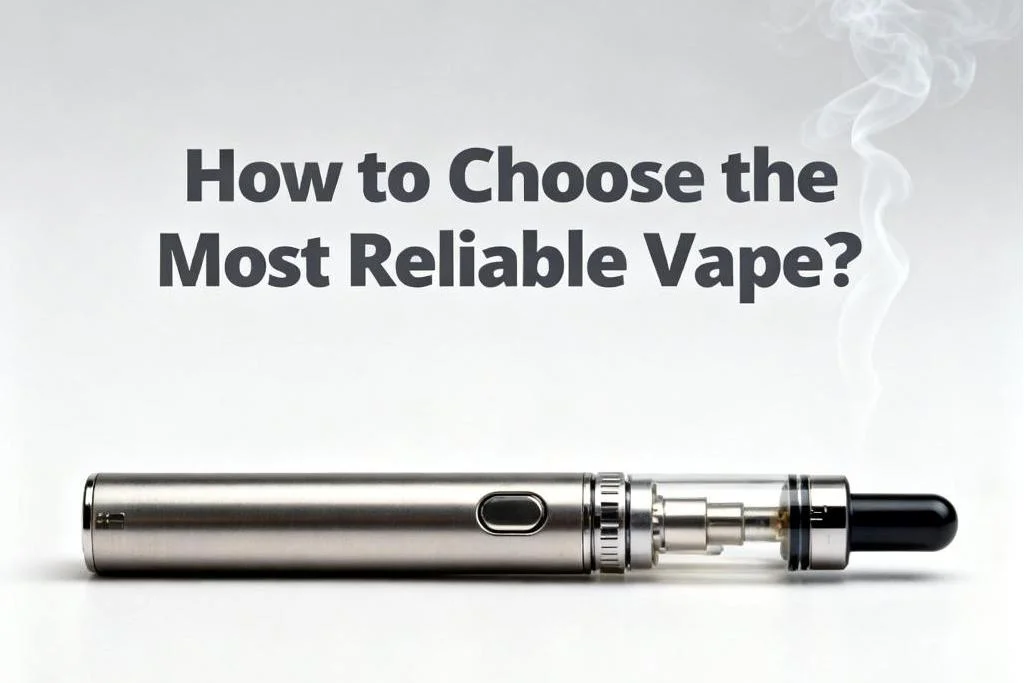Why Does My Vape Juice Turn Brown? 10 Reasons.
Have you ever peered into your vape tank only to find that your once-clear or lightly colored vape juice has turned a mysterious shade of brown? Why does my vape juice turn brown? It baffles many vape enthusiasts and raises a slew of questions about quality, safety, and the impact on the vaping experience. Let's unravel the mystery behind why your vape juice turns brown.
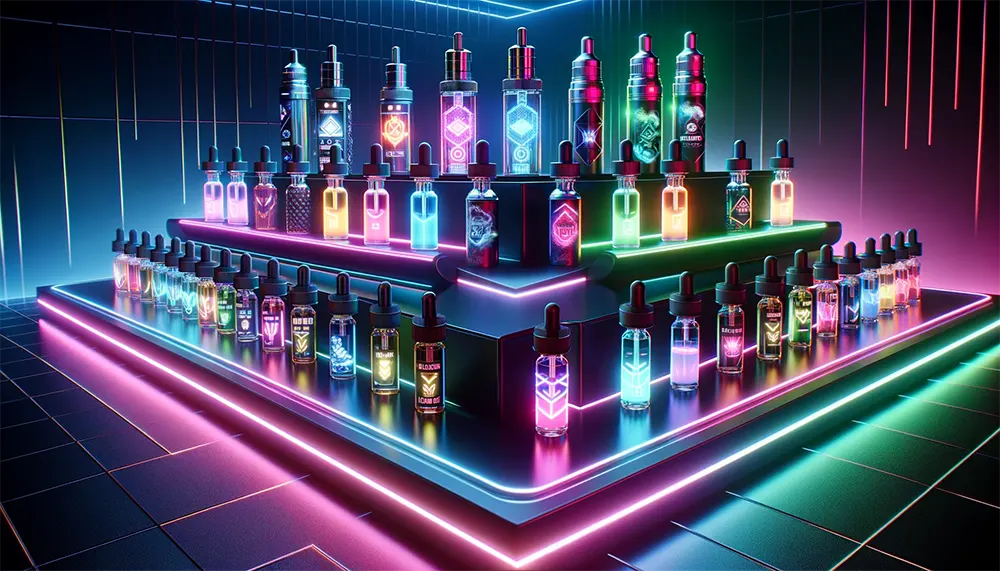
1. Nicotine Oxidation
Nicotine oxidation, initiated when nicotine exposes itself to oxygen, is essential in vape juice discoloration, prompting the question, "Why is my vape juice turning brown?" This natural chemical reaction is accelerated by light and heat, altering nicotine's molecular structure, which can subtly affect the vape juice's potency and flavor. Although this process can lead to a harsher throat hit and a slight decrease in nicotine strength, it's not harmful and can be manageable by minimizing the vape juice's exposure to air and light to preserve its quality.
2. Heat
Heat plays a critical role in vape juice's color and composition changes, influenced by external sources like sunlight or ambient temperatures and the internal heat from the vaping device. External heat speeds up the nicotine oxidation and other sensitive compounds, leading to quicker vape juice degradation. At the same time, internal heat necessary for vaporization also triggers thermal degradation of the juice's components, which not only advances oxidation but also causes caramelization of sweeteners, contributing to a darker hue. The frequent heating and cooling cycles in regular vaping can exacerbate these effects.
3. Flavoring Compounds
The composition and reaction of flavoring compounds under various conditions stand out. These compounds, integral to the unique taste profiles of vape juices, can react differently over time and when exposed to heat, contributing significantly to the vape liquid's darkening. Complex flavors, in particular, are more susceptible to these changes due to their intricate mix of ingredients. Heat accelerates the breakdown of these compounds, resulting in a deeper hue. This effect is further pronounced in e-liquids with much richer and more layered flavor profiles, where the unlimited components can interact more extensively under thermal stress.
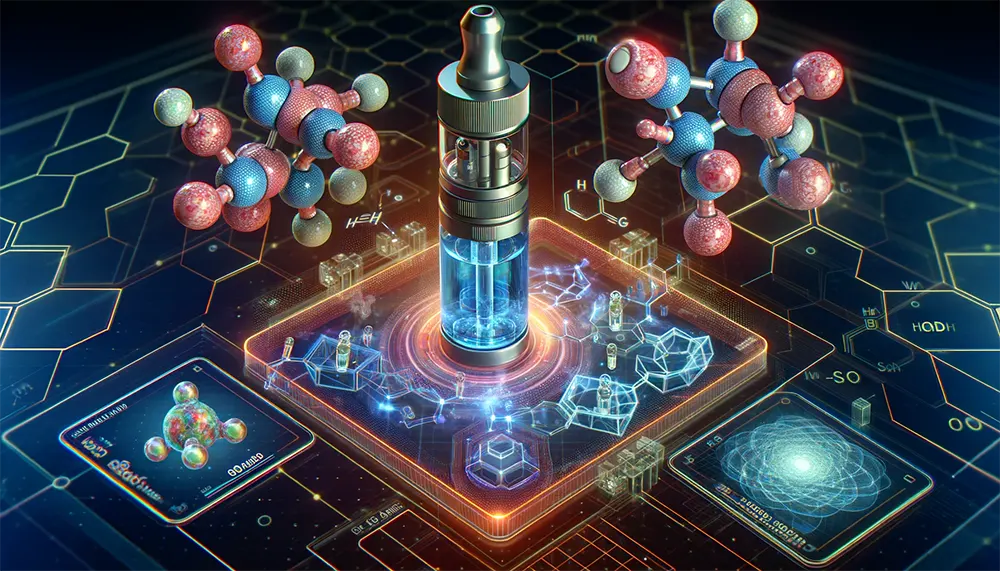
4. Storage
Exposure to light, air, and heat is the primary trio accelerating the browning process. Light, particularly UV rays, can degrade the nicotine and flavoring compounds, leading to discoloration. Air exposure introduces oxygen, which, as discussed, interacts with nicotine and other components through oxidation. Heat not only speeds up these reactions but also affects the stability of the vape juice. By properly storing vape juice in cool, dark places and minimizing the bottle's exposure to air, the process of turning brown can be significantly slow, ensuring a longer shelf life and preserving its original color and quality.
5. PG/VG Ratios
Beyond a determinant of throat hit and vapor production, the ratio of propylene glycol (PG) to vegetable glycerin (VG) in vape juice also plays a critical role in the vape liquid's stability and color longevity. PG, a thinner liquid, tends to be less prone to color changes meeting VG, which is thicker and can undergo more noticeable darkening over time, especially when exposed to heat. A higher VG content often means a smoother throat hit but can also lead to a shorter shelf life and greater susceptibility to discoloration. Conversely, vape juices with a higher PG ratio might enjoy a lengthy period of visual clarity, owing to PG's resistance to the oxidation process and less propensity to react with the other ingredients under heat.
6. Coil Condition and Residue
A clean, well-maintained coil ensures that the vape juice is heated evenly and vaporized efficiently, minimizing the risk of overheating and the subsequent darkening of the vape liquid. On the other hand, coils that are old or coated with residue from previous vaping sessions can lead to uneven heating and increased thermal degradation. It will affect the vapor production and accelerate the darkening of the vape liquid since the residue can catalyze additional chemical reactions that contribute to the browning effect.

7. Ingredient Quality and Stability
The quality and purity of the ingredients in vape juice are fundamental to its stability and color consistency over time. High-quality ingredients tend to have fewer impurities, which can reduce the rate of unwanted chemical reactions that lead to discoloration. In contrast, vape juices made with lower-quality ingredients might compromise the vaping experience and exhibit a faster rate of color change due to the presence of impurities that can accelerate oxidation and other degrading processes.
8. Aging
The aging process of vape juice, often likened to the steeping of tea, plays a dual significance in flavor enhancement and color change. Over time, the constituents of vape juice can meld and mature, leading to a richer, more cohesive flavor profile. This natural evolution is a sought-after effect, especially among enthusiasts who appreciate the depth of their vaping experience. However, this process can also lead to a darker coloration. As the ingredients blend and react with one another, especially under the influence of slight, inevitable oxidation, the visual appearance of the vape juice can transform.
9. Caramelization
Vape juices enhanced with sweeteners and various additives offer a richer, more satisfying flavor profile but come with a caveat. Upon heating, especially at higher temperatures, these sweeteners can undergo caramelization, the process where sugars break down and darken. This reaction leads to a noticeable darkening of the vape liquid while contributing to the depth of flavor, which is more pronounced in e-liquids with higher concentrations of these additives.
10. Wicking Material Contact
The interaction between e-liquids and the wicking material within a vape device, typically made of cotton, also matters in the gradual color change of vape juice. When e-liquids remain in prolonged contact with the wick, especially in vaping devices not used regularly, there's a tendency for colorants and substances that have undergone caramelization to seep back into the tank. This slow diffusion can lead to a uniform darkening of the stored vape liquid.
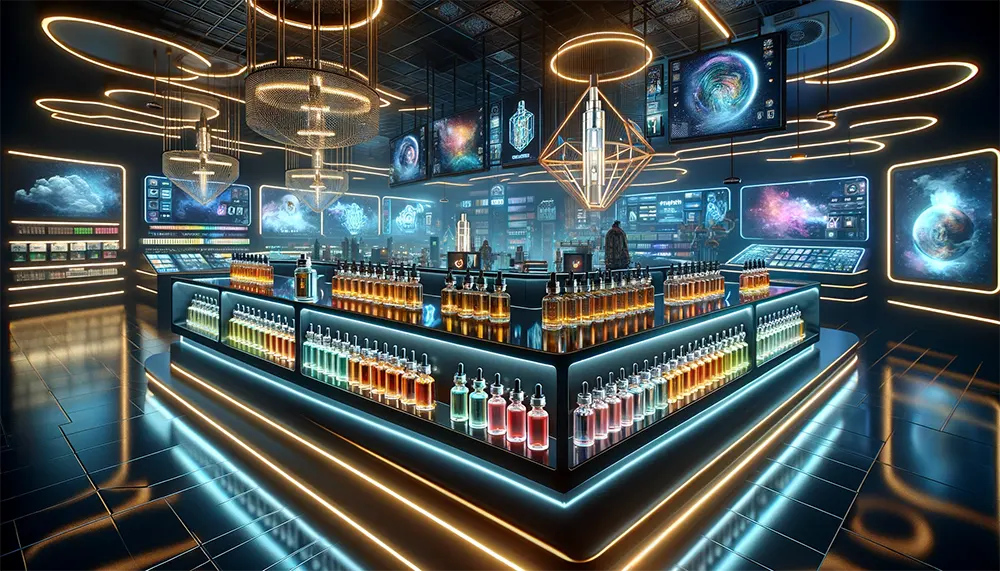
FAQs
Q1: Is it OK to smoke brown vape juice?
Confirm the reasons why the vape juice turns brown.
Generally safe if the color change results from natural chemical processes like nicotine oxidation or the caramelization of added sweeteners when exposed to heat. These changes can affect the color but not necessarily the safety of the juice.
However, vigilance is indispensable if the brown color is due to contamination or past its expiration date.
Q2: Is oxidized vape juice safe?
Oxidized vape juice, characterized by a change in color and possibly a slight alteration in taste, is largely considered safe for consumption. Nicotine naturally oxidizes when it comes into contact with air, light, or heat.
It's important to note, though, that any significant deterioration in smell or taste might indicate that the vape juice is no longer in its prime condition. Use discretion before deciding to continue vaping.
Q3: Why is my vape pen oil turning brown?
Several factors contribute to the transformation of vape pen oil to a brown hue, including nicotine oxidation, the impact of heat that accelerates chemical reactions within the juice, and the caramelization process of sweeteners used in the liquid at high temperatures. Additionally, prolonged contact between the vape juice and the wicking material can cause seepage of colorants or caramelized substances back into the tank, contributing to the darkening.
Q4: How do you know if vape juice is bad?
Identifying expired or spoiled vape juice can be done through a few key indicators: a distinct off smell, a drastic change in color (beyond typical darkening), or an unpleasant taste. Furthermore, if the vape liquid shows signs of separation that persist even after shaking, it's likely time for a replacement. Always check the expiration date and store your vape juice properly to extend its shelf life.
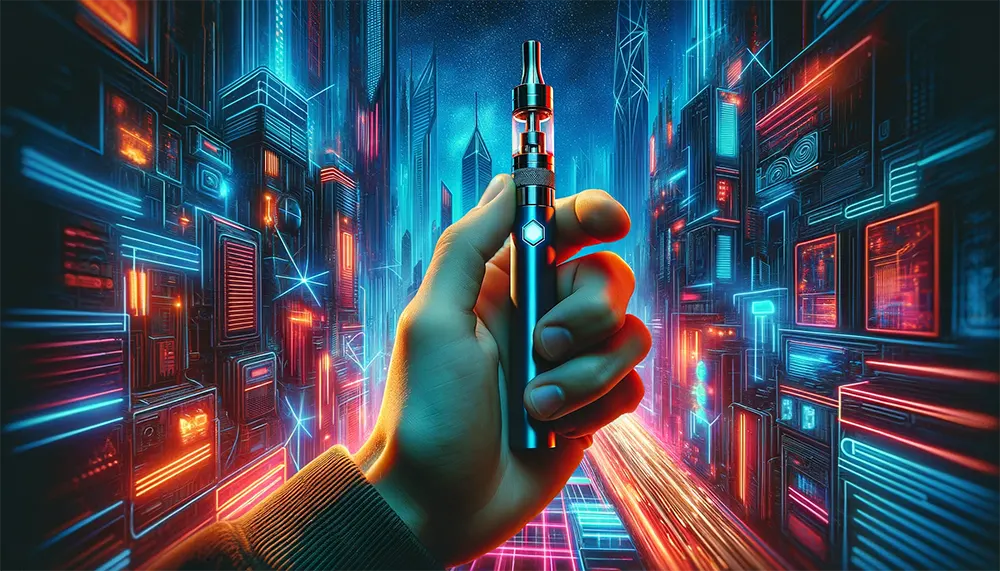
Q5: Does vape juice darken over time?
Most vape juices will experience some degree of darkening over time due to the inevitable exposure to air. The rate and extent of the darkening can vary based on several factors, including the ingredients, the presence and concentration of nicotine, and how the vape juice is stored. Proper storage can slow this darkening process, preserving its original color and quality for longer.
Q6: Why did my vape juice turn orange?
An orange hue in vape juice can follow the same processes that cause it to turn brown, such as oxidation and the interaction of certain flavorings with nicotine. This color change occurs as part of the vape juice's natural aging process and is influenced by its specific ingredients and storage conditions. While an orange color isn't inherently problematic, it's a visual reminder to ensure your vape juice is stored correctly and used within its optimal period for the best vaping experience.
By demystifying the reasons why vape juice turns brown, you can elevate your vaping enjoyment, guaranteeing each puff is as gratifying as the last. Remember, the color of your vape juice narrates its journey - a journey you're part of with every inhale.

